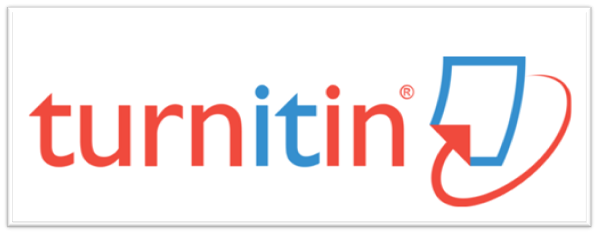IMPLEMENTASI APLIKASI E-WALLET UNTUK UMKM MENGGUNAKAN METODE AGILE DENGAN QR CODE PADA TENSORFLOW BERBASIS ANDROID
DOI:
https://doi.org/10.33884/comasiejournal.v8i1.6743Kata Kunci:
Receh, QR Codes, Tensorflow, Scanners, AndroidAbstrak
Receh is designed to make learning easier for those who have trouble learning applications that are too complex to use. The author is ready to help small merchants who want to integrate digital payments. To introduce this project, first of all we were worried about the reduced cash payments and switched to E-wallet since the COVID-19 pandemic. The reason the author made this application is to make it easier for those who have difficulty learning applications that are too complex to be very simple and easy to use. Some target markets need the solutions provided by the author. According to the data, internet usage will increase from year to year. The author provides a solution that makes it easy for customers to use E-wallet as the primary payment method for their applications. The method used in the E-wallet application is the Agile Method because this method prioritizes the advantages of technical features when implementing the software. For the implementation here I use a QR code scanner as its main function because it is simple and practical. Scan can encode QR Code from any side or any position. This model is then used in Android Studio to build mobile applications using the Kotlin programming language. For cloud computing, first, research the service or backend required by the application. Second, create a private API using node.js. Finally, implement APIs built for online compute engines.














